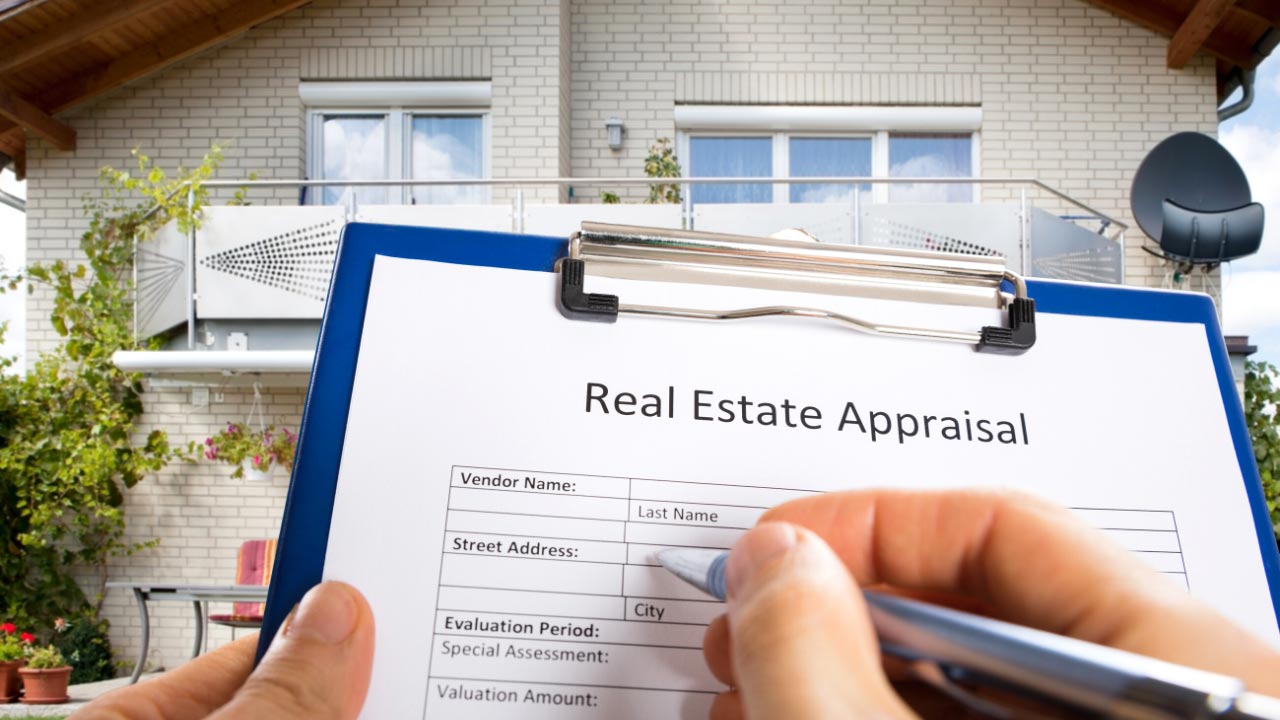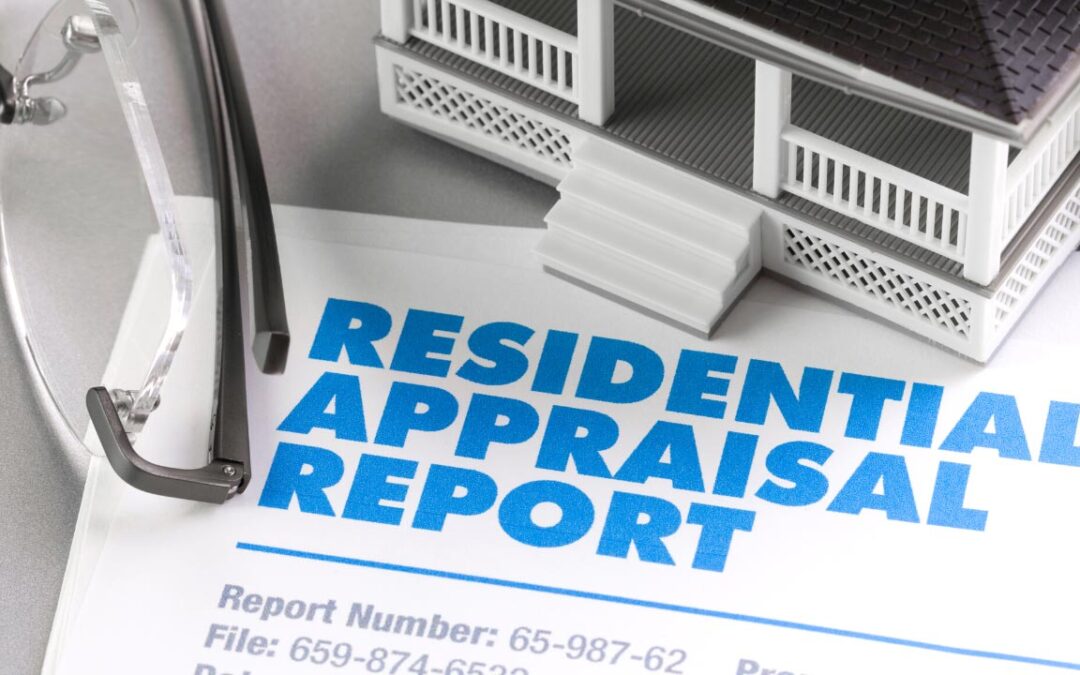As in many other markets, the real estate market in Chicago currently has limited inventory, leading to a demand for homes that is outpacing supply. This is what we call a seller’s market, which has resulted in multiple offers being commonplace for those looking to buy a home.
Beyond the offer price alone, buyers can use several other tools to make their offer more compelling. One of these tools is the appraisal gap clause. This article will discuss what appraisal gap waivers are, how they work, and their advantages and disadvantages in the current real estate market.
Understanding Appraisal Gap Coverage Clause
An appraisal gap waiver is a clause that homebuyers can use to adjust their contract price and increase the chance of their offer being accepted in a market with limited inventory. Essentially, it is an agreement between the buyer and seller that the buyer will pay a certain amount over the home’s appraised value to ensure that their offer is competitive.
How Appraisal Gap Clauses Work
When a home is appraised, the appraiser provides an estimate of the home’s value. The seller and buyer typically agree on a purchase price based on that appraisal. However, in a market with limited inventory where competition is high, buyers may offer more than the home’s appraised value to ensure that their offer is competitive. This is where the appraisal gap waiver and addendum comes into play. The appraisal gap clause is a contract that specifies that the buyer will pay the difference between the appraised value and the purchase price if the appraisal comes in lower than the purchase price.

Imagine finding your dream home, a property worth one million dollars, but several higher offers are on the table. You’re willing to pay one million and forty thousand, but the sellers must appraise the house before accepting your offer. This can be a nerve-wracking situation, especially if you’re worried about the appraisal coming in lower than your offer. Fortunately, with an appraisal gap clauses, the seller can rest easy knowing they won’t be liable for any difference between your offer and the appraised value. This will increase the likelihood the seller accepts your offer.
What is the significance of a $40,000 Appraisal Gap?
A $40,000 appraisal gap refers to the difference between the home’s appraised value and the buyer’s offered price. In this case, if the property’s appraised value comes in at $1 million, but the buyer has offered $1.04 million, the appraisal gap is $40,000. This can be a significant amount, and it’s a risk that the buyer is willing to shoulder in a competitive market. The buyer is essentially agreeing to bring an additional $40,000 to the closing table, above and beyond their down payment and closing costs, if the property appraises for less than the agreed upon sales price. It’s a show of financial strength and commitment to the seller, making the buyer’s offer more attractive. However, it also means a higher financial burden for the buyer.

Reasons Why Buyers May Need to Sign an Appraisal Gap Clause
The appraisal gap clause may be necessary in a market with limited inventory, high competition, and where the seller receives multiple offers. This clause can be used to make a buyer’s offer more compelling and increase their chances of being the winning bid. It can also reduce the likelihood of a buyer’s offer being countered by the seller.
Cons of Appraisal Gap Coverage Clause
Despite their apparent advantages, home appraisal gap clauses also present several drawbacks for the buyer. Firstly, agreeing to an appraisal gap waiver means the buyer could end up paying more than the home’s actual worth. This could lead to financial strain and difficulty in securing financing if the lender is unwilling to cover the additional amount.
Secondly, there is the risk of the buyer overextending themselves financially. If the appraised value is significantly lower than the purchase price, the buyer could find themselves in a precarious situation, especially if they don’t have the extra funds readily available.
Lastly, it’s worth noting that the buyer could face issues when reselling the property. If they’ve paid significantly above fair market value, they may struggle to sell the home for the same price in the future, especially if market conditions have changed. This can lead to a financial loss when it’s time to sell.

Considerations to Keep in Mind When Signing an Appraisal Gap Clause
Before signing an appraisal gap clause, it is important for home buyers to to understand the terms and potential risks associated with doing so. Buyers should carefully consider whether the home is worth the extra cost, if they can afford to pay the difference between the appraised value and the purchase price if necessary, and whether they are comfortable taking on more risk as a result.
Other Strategies That Can Be Used to Create a Compelling Offer Package
In addition to the appraisal gap clause, buyers can use several other strategies to make their offer more compelling. For example, buyers may choose to go “as-is,” meaning they will not require the seller to make any repairs to the home before closing. Buyers can also offer a sale leaseback, allowing the seller to remain in the home after the sale.
In conclusion, the real estate market in Chicago and many other markets across the country is currently experiencing limited inventory, high demand, and multiple offers on homes. In a fast moving seller’s market, buyers need to understand the various tools available to them to create a compelling offer. The appraisal gap clause can be a powerful tool but should be cautiously approached. Buyers should carefully consider the terms, potential risk, and whether the additional cost is worth it. By working with an experienced real estate agent, buyers can navigate the current real estate market and find the right strategy for their needs.


